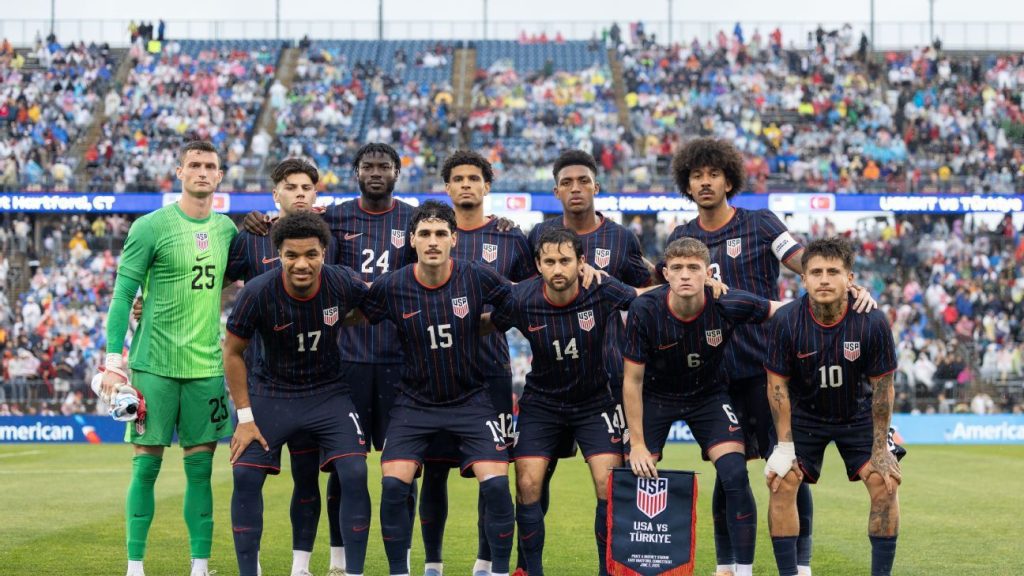Scheduling Friendly Matches for U.S. National Teams
In 2025, the U.S. men’s and women’s senior national teams are set to compete in 25 home friendly matches, requiring both opponents and venue arrangements. U.S. Soccer officials Tom King and John Terry are charged with managing these crucial logistics.
Building Relationships and Securing Venues
The process resembles a series of quick matchmaking efforts rather than a straightforward puzzle. “The relationship side of it is so important,” King explained, likening his role to that of a salesperson, chasing down potential opponents, sometimes even at odd hours to coordinate with European contacts.
Venue Selection Criteria
King and Terry must coordinate closely to finalize oppositions and venues, as neither can be confirmed without the other. Factors considered include climate, historical fan support, and available facilities, ensuring that games can reach diverse regions across the U.S.
Complex Scheduling Challenges
Despite U.S. Soccer’s efforts to broaden their geographical reach, decisions may seem counterintuitive to fans. Common questions arise regarding recurring locations and opponents. For example, why choose certain states over others? King and Terry navigate these challenges, aiming for a balanced schedule while facing venue availability and cost considerations.
The Cost-Benefit of Hosting Games
Pratt & Whitney Stadium is a case study on balancing multiple factors for hosting matches. While renting larger stadiums could cost upwards of a million dollars, smaller venues can significantly reduce expenses. Additionally, grass fields are preferred, which can incur extra costs if temporary solutions are implemented.
Understanding Ticket Pricing
Rising ticket prices impact fans, but U.S. Soccer aims to keep entry costs reasonable. They strive to offer affordable starting prices compared to local MLS games. However, challenges like resale markets and dynamic pricing can complicate this goal. They endeavor to ensure that tickets remain accessible, especially for groups like the American Outlaws.
Looking Ahead
Moving forward, U.S. Soccer faces challenges in scheduling diverse opponents due to international competition calendars. The women’s game will see reduced opportunities to play top European teams, as many are busy with qualifiers. Collaboration with federations like Mexico’s helps create viable scheduling options, while striving to provide quality matches to further grow soccer in the U.S.



